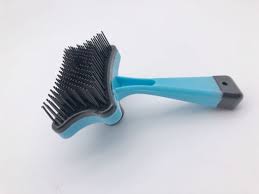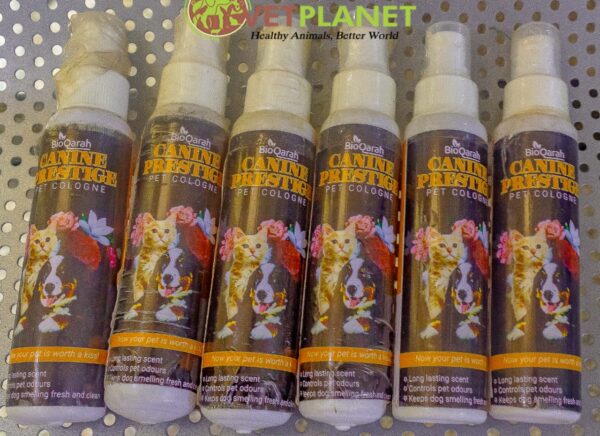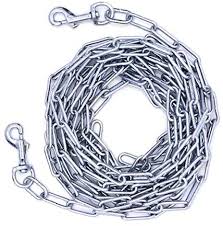Your cart is currently empty!
Pet Grooming Brush
Pet Grooming Brush Pet Grooming Brush: Brushing your dogs coat is an important part of canine maintenance and serves many functions; for example, it eliminates tangles and mats, keeps his coat looking vibrant and beautiful, massages and lubricates his skin by activating your pets natural oils, and keeps errant pet hair away from clothing and […]
Description
Pet Grooming Brush
Pet Grooming Brush: Brushing your dogs coat is an important part of canine maintenance and serves many functions; for example, it eliminates tangles and mats, keeps his coat looking vibrant and beautiful, massages and lubricates his skin by activating your pets natural oils, and keeps errant pet hair away from clothing and furniture.
Different types of dogs require different types of brushes. For example, it doesnt make sense to use the same type of brush on a Poodle that you would use on a German Shepherd. Their hair is simply different.
When you use the right type of brush, your pet will most likely enjoy being groomed. If your pet is showing signs of pain or discomfort, you might be using the wrong kind of brush. On the other hand, If he is happy to sit in your lap and be groomed, you are probably on the right track.
Brushing Basics: The Right Brush, And How Often To Do It
Brushing really is pretty basic. You just need to understand the type of coat your dog has, and that determines how often you need to brush and what type of brush to use.
You should ask your vet or groomer for more individual instructions. Here are some general rules for grooming:
- Long-haired breeds, such as Collies and Tibetan Terriers, need to be brushed weekly, sometimes more often if the coat seems particularly tangled. A pin brush is a good choice for these breeds because its bristles grip the undercoat and remove loose hairs without causing pain. It can also get down to the skin. Start close to the skin and brush away from it. Use a comb to tease out any mats.
- Short-coated dogs, such as Labrador Retrievers and Greyhounds, dont need frequent brushing because their hair doesnt mat and tangle easily. Still, you may want to brush them every couple of weeks to remove loose hair. Use a rubber brush or grooming glove, which will help bring dirt and loose hair to the surface. The gloves fit over your hand your dog will think youre petting them and wont suspect youre actually brushing. If you prefer a conventional brush, short coats can take a stiff natural-bristle brush or a soft slicker brush, which has little bent-metal pins in it. Follow up with a soft-bristle brush, which helps distribute the hairs natural oils.
- Short, wiry breeds, such as Dachshunds and most Terriers, need a slicker brush, followed by a once-over with a metal comb. Once every few days should do. A stripping knife will remove the dead hair in the undercoat. Have someone knowledgeable show you how to use one before you try. If the coat has mats, work those out first.



